Wildlife
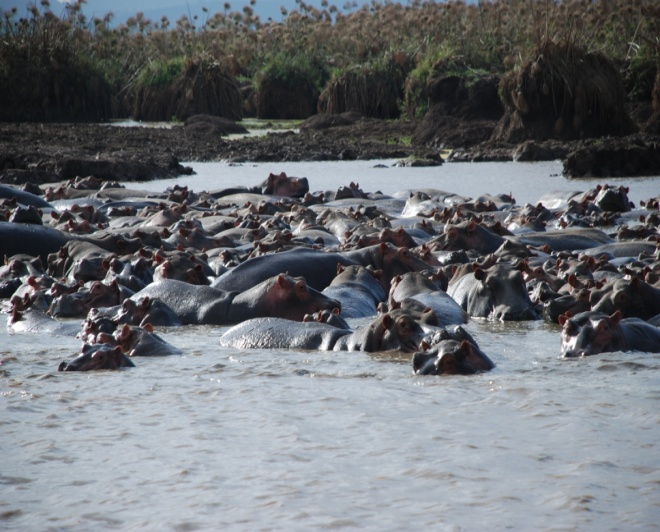
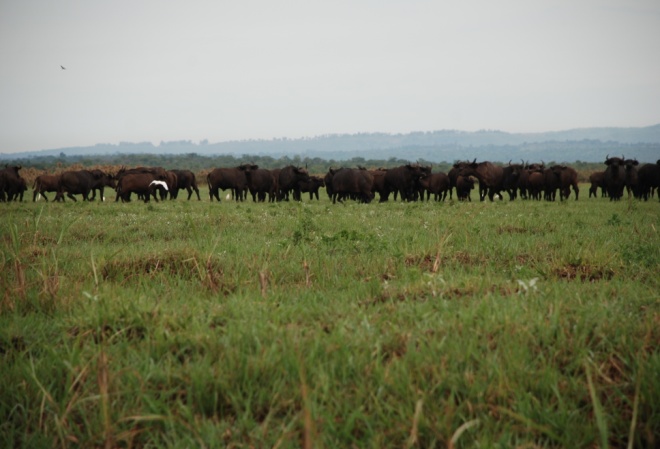
Dhati Welel National Park
Tell your visitor how your service can improve their life. Connect with the problem that they’re trying to solve and address any objections you think they might have.
What is the biggest benefit your customer will get from this? Keep your target audience in mind.
Dati-Wala national park the largest extent of wetland habitat, approximately more than 85% of the park is swamp called Dabus and also the larger river in Western Ethiopia, Dabus formed its origin and upper catchment in this park that finally joint Blue Nile Basin. So, conserving and protecting Dhati-Welel national is un questioned since its an important source of water for Blue Nile basin next to Lake Tana, it plays a great role in Grand Ethiopian renaissance Dam and serves thousands community living in low-laying in agricultural production.
It is a home migratory wetland bird species like Black kit /Milvus migrans/, Glossy Ibis/Plegadis falcinellus/, Grey Heron/Ardae cinerea/, Osprey/Pandion haliaetus/, Shikra/Accipiter badius/ etc. and indigenous fish species.
Home of large mammals’ species listed as vulnerable by world conservation union such as Hippopotamus/Hippo amphibious and Lion /panthera leo.
All visitors must go where the park head quarters located in Gawo Qebe for further information, entrance fee paid, taking guide that will assist them while touring in park and indicate the number of days they will stay in the area.
So far some 20 species of mammals and more than 150 species of bird life has been
recorded, and one of the remarkable things in the area is rich in species of fishes, amphibians and reptiles yet the park potential resource largely unexplored.
The ever green wetland forest and associated bird specious, herd of African Buffalo decolonized the area, and extra ordinary grouping of hippopotamus, and the surrounding mountain and peak are among the tourist viewing and gaining a best experience.
Visitors just relaxing with scenic viewing, watching games and diverse bird life including migratory birds, taking photography, trekking, camping and education and research on nature are among touristic activities engaged in the Dati-Walal national park.
Camping is possible in a beautiful selected campsite area.
Hotels: – please write best hotel available in near by town /Dambdolo/
If you wish to trek for a few days, bring all of your own camping equipment, food, drinking water, and other necessary facilities.
- No driving after gate closing time is permitted
- Camping is not permitted except in the designated campsites
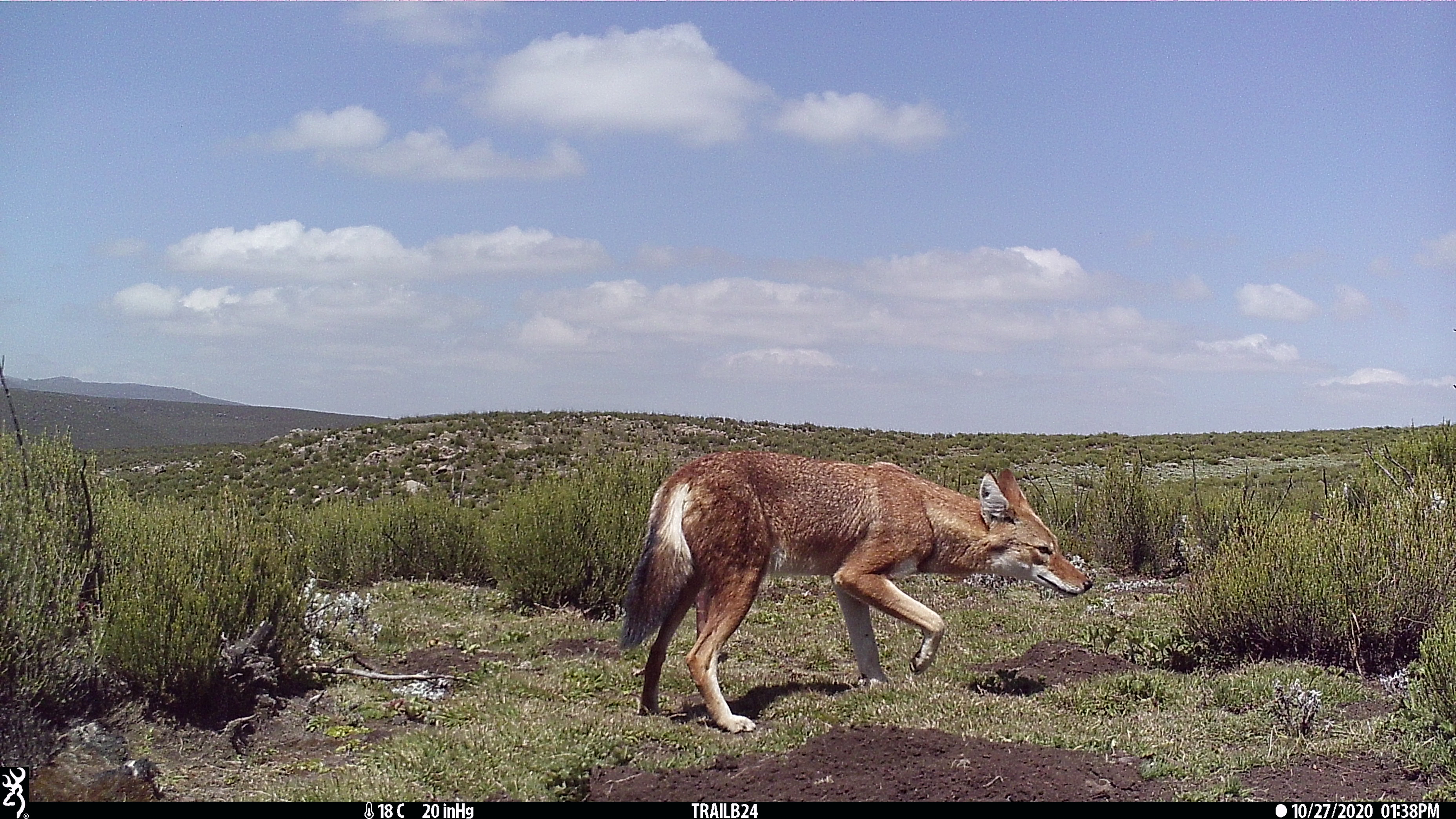
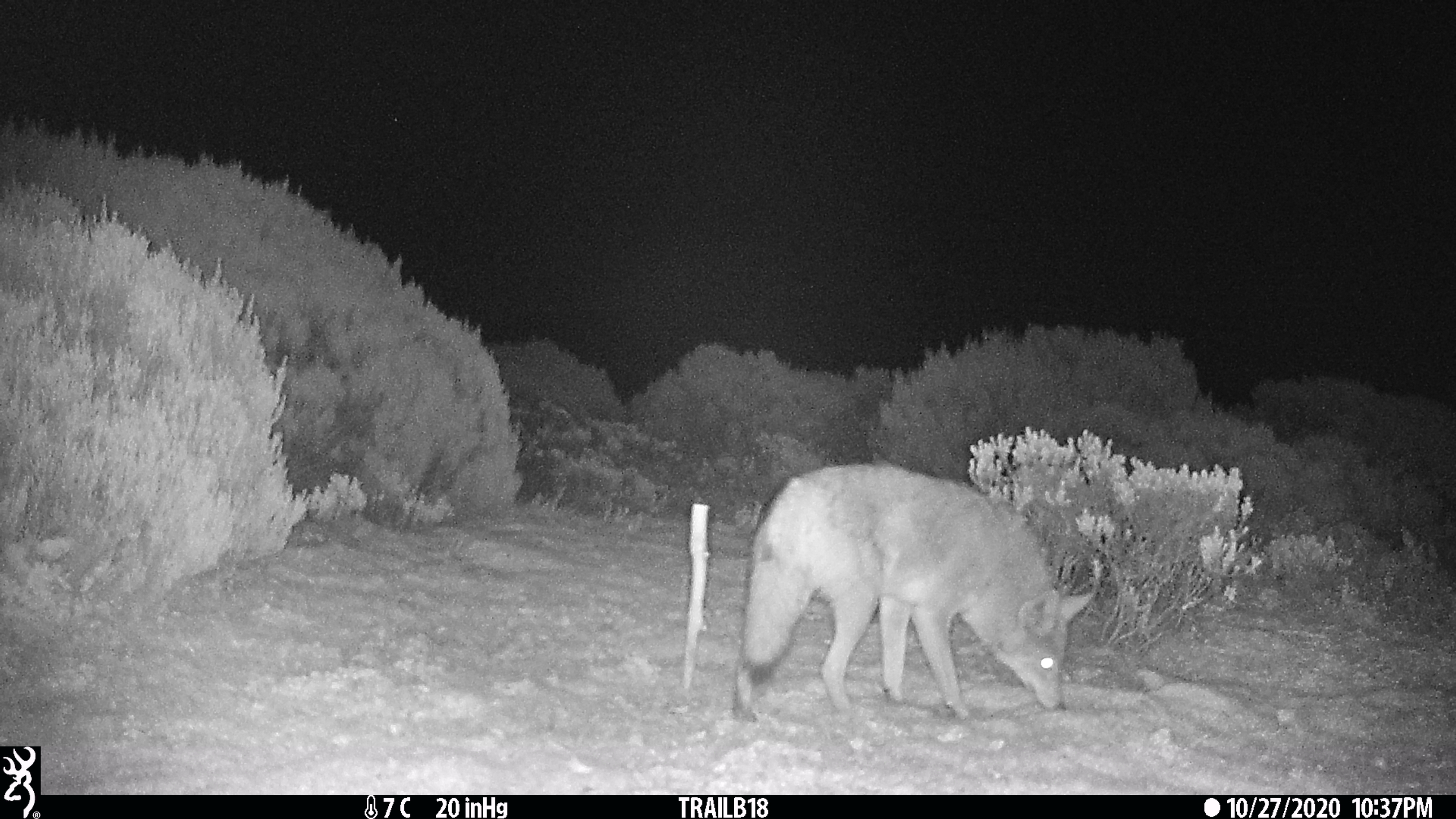
Arsi National Park
Found in south eastern part of Ethiopia Arsi Zone and established in 2010 G.C. with total area of 931.9 km2.
Compromise 4 conservation blocks Dera-Delfeker, Chilalo-Gelema , kaka and Inkolo
Located in south of Adama on the way to Asella 125 km away from Addis Ababa with an area of 13.4 km2.
Key species: – large population of Greater and Lesser Kudus, Spotted Hyena, Warthog and Grey Duiker.
Unique Feature: – is hilly and undulating terrain.
Found in east of Asela and east of Bokoji about 175 and 231 km away from Addis Ababa each cover an area of 792.8, 21.9 and 103.8 km2 respectively.
Key species: – Mountain nyala, Menilk’s Bush Back and Ethiopian Wolves.
Unique Feature: – massif and chain of mountains, a huge water catchment area for Rift Valley Lakes and Wabe Shebele River Basins.
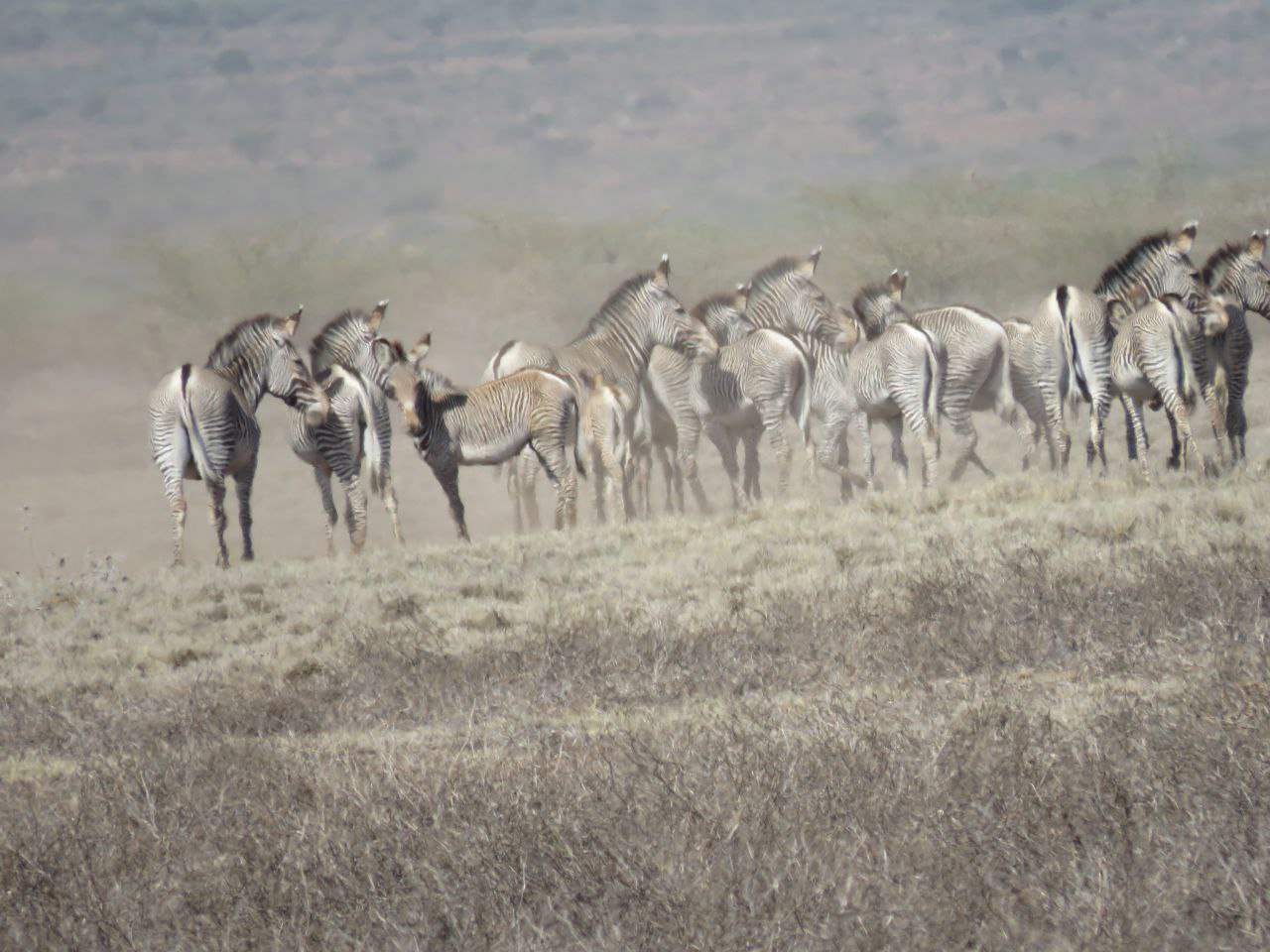
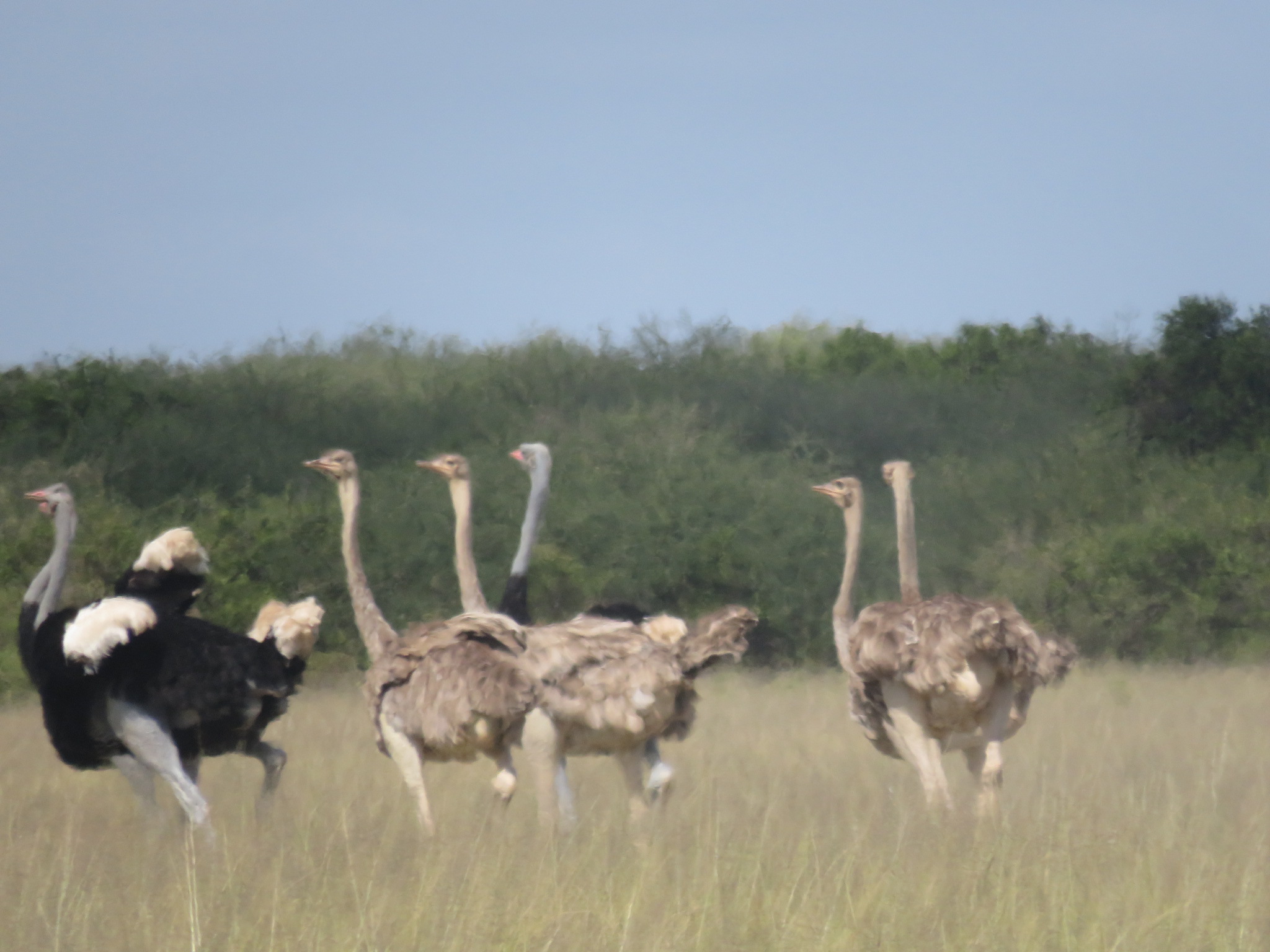
Borena National Park
Yabelo- sanctuary
Found in southern part of Ethiopia Borana Zone 570 km away from Addis Ababa and established in 1979 E.C with an area of 2500 km2.
Key species: – Gravey’s Zebra, Burchell’s Zebra, Besia Oryx, Greater Kudu, Lesser Kudu, Gerenuk, Grant’s gazelle, lion, leopard, cheetah.
Unique Feature: Acacia savannah habitat, home for endemic and vulnerable mammals and birds and Somali Biome.

Suba Forest & Wildlife Area
Location & History
Suba Forest is Africa’s oldest treasure hidden at about 55km southwest of capital Addis Ababa, location 9089’ to 9000’ North Latitude and 38031’ to 38035’ East Longitude. The history of protection of the forest goes back as early as 15th century. The forest was designated as National Forest Priority Area during the Derg regime. At present the Forest is brought to be a national park by Oromia National Regional Government.
Suba Forest offers you diverse & unique experiences
Suba Forest is the perfect place for nature lovers to explore natural landscape and unique ecosystems, along with breathtaking views from specific lookout point. You will be able to explore miles of hiking trails on foot, experience the beauty of nature, enjoy some bird watching, and discover the native fauna and flora. It is an ideal place for domestic and foreign visitors interested in incredible natural features, pristine nature, breathtaking in quit area, nature learning, and outdoor recreation. The forest makes you just escape from noisy city to the so quite perfect natural area. Distinctive biological & geo-morphological features worth special visitor’s destination, hidden just outside of the capital Addis Ababa.
Oldest towering trees
The pressive incredible giant towering trees such as juniper (Juniperus procera) and cordia (Cordia africana) covered by thick mosses, most of them said to be over 600 years old, the two giant endemic herbs –theLobelia and Solanecio– on the way to the peak, are few to mention unique natural features of the forest. Of all the giant trees in this forest, the all-star of the park is Juniperus procera staggeringover 50 m tall tree with up to 2m diameter at the breast height.
Astonishing viewpoints
The area is part of volcanic dome of Mount Wachecha covering an altitudinal range from 2200 – 3385 m.a.s.l. The Mogle peak (3302 masl) is an astonishing viewpoint to forest, and surrounding villages and farmlands. The highest peak (3385 m.a.s.l) called Dhamota/Dhamocha, a massive extinct volcano, is an inspirational magnificent place towering over Addis Ababa and the surrounding areas. The southern base of the mountain offer inspiring view to the Bacho plain.
Suba forest is found in the Southwest facing slopes of Mount Wechecha. The Mountain is an extinct volcano that has undulating and impressive landscape hills and escarpments separated by deep river valleys’. The crystalline cone, Dhamocha, Mogele at the summit reaches 3,385 m a.s.l.
Several rivers flow from the Mountain and contribute large volume of water to the Akaki and Awash River that gestures Koka hydro power dam and further Lake Abe crossing the East lowlands of Ethiopia. The rivers that flow from the mountain have great contribution for small scale irrigation and other industrial uses.
The area experiences bimodal rainfall long rains from June to September and short rains in any month of the year. The forest also gets additional moisture from low clouds and mist. The temperature is 160c with a mean maximum of 22.50c and mean minimum of 9.50c. Over all temperature in the forest is cooler with an average of 110c in the upper parts.
Suba forest is one of the remaining examples of dry Afro-montane forest. This type of forest
together with grassland and Acacia woodland once formed a vegetation mosaic across the Ethiopian plateau. Over the several thousand years since farming started in Ethiopia most of the natural vegetation has been replaced by the patchwork of homesteads and fields, which we see today.
The natural forest is dominated by Juniperus procera (African pencil cedar). The big Juniperus trees with an open canopy over 50m tall and 2 m in diameter at the base are tantalizing among the forest plants. The other big trees are Podocarpus falcatus (African podo) and Prunus africanus (Red stinkwood).Young tree of Hagenia abyssinica with its rose-like leaves and hanging bunches of small red flowers is the beauty of the forest. Olea europea (African olive) with its small shiny green leaves, Alophylus abyssinicus with tri foliate leaves and the fleshy green stemmed Euphorbia ampliphylla are the characteristics of the area in some part of the forest. There are also many shrubs and herbs, the two-giant herbs of the forest, Lobela gibberoa and Solanecio gigas fill the steep sides of the valleys. The forest floor carpeted with the ball of red flowers (Scadoxus multiflorus) in the month of March and April during the short rains.
On the upper part of the mountain trees are dwarf and are associated with bushes and shrubs of high diversity. The most common shrubs are Erica arborea (Tree heather), Rosa abyssinica, Hypericum revolutum and the endemic jasminum stan with dark green leaves and deep yellow flowers. The herbs include Everlastings (Helichrysum spp with yellow, or white and pink flowers growing through the bushes. The low grazed turf is mixed with clovers (Trifolium spp), thyme (Thymus spp).
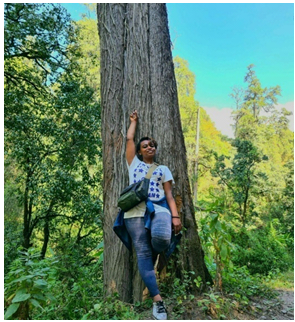
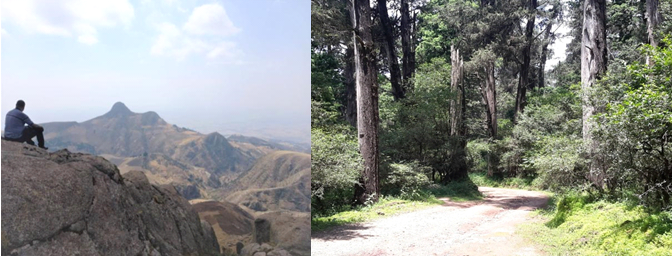
Experiencing indigenous floras
The area’s immense natural vegetation various from high forest to alpine vegetation, the associated biodiversity, an extraordinary scenery, and pleasant temperature makes Suba Forest the unique place and ideal destination for nature visitors, environmental and ecological learners. Even though the main attraction of Suba Forest is remarkable indigenous vegetation preserved scenic and ecological values, this is not the only thing which makes Suba Forest worth a visit.
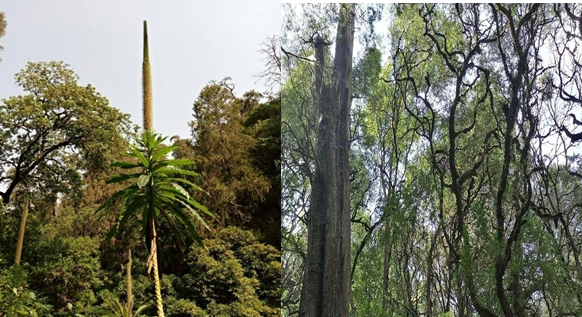
More than 160 plant species has been recorded at the site whereas Juniperusprocera, Podocarpus falcatus, Olea europaea comprises the main vegetationzone while at higher altitude Erica arborea, Rosa abyssinica, the endemic Jasminum stans,two giant herbs; Lobelia gibberoa and Solanecio gigas, and helichrysum odoratissimum with mountain grassland dominate theupper slopes. Some of the trees found in the forest that are worthy of special note are; Myrsine Africana, Mytenus spp., Scolopia thieolia, Allophylus abyssinica, Euphorbia, ampliphylla. Giant trees are not standing single for itself, whilst provided habitat for a variety of plant and animal life forms. Varieties of understory woody species, herbs and grass form aesthetic quality of the forest that offers pleasure of experiencing indigenous floras.
Mammals wildlife
Suba Forest provided rich habitat for some 32 larger mammals including the most known animals such as;Menelik’s Bushbuck, Leopard, Colobus Gureza, Caracal, Serval Cat, Grey Duiker, Common Warthog etc,
Bird watching
A total of 186 bird species has been recorded at the site, four of which are Ethiopian endemic; Abyssinian Catbird, Abyssinian Woodpecker, Black headed Siskin, Yellow-fronted Parrot, eight near-endemic as Black-headed Forest Oriole, Abyssinian Slaty Flycatcher, Banded Barbet, Black-winged Lovebird, Thick-billed Raven, Wattled Ibis, White-backed Black Tit, and White-collared Pigeon, and many more are Afrotropcal highlands biome species among which 27 species are categorized under IBA criteria A3 (biome-restricted species) by Global IBA criteria. Of interest among the avifauna is Abyssinian Catbird– one of the finest singer of all the birds of Africa- is an icon of the birds from the area. Among the insects; more than 50 species of butterflies recorded in the forest.
Adventurous hiking
If you admire recreational activities such as hiking, deep forest walk, opportunity to stay in natural pristine natural environment, and viewpoints to enjoy tranquillity of forest and the spectacular scenery, birds watching, ecological study (plant life & wildlife), picnicking, sightseeing, photography, museum visit, challenging sports, mountain biking etc. The Suba Forest at only 55 km from Addis Ababa offers all of that. There are network of scenic hiking trails with shorter and longer options.

